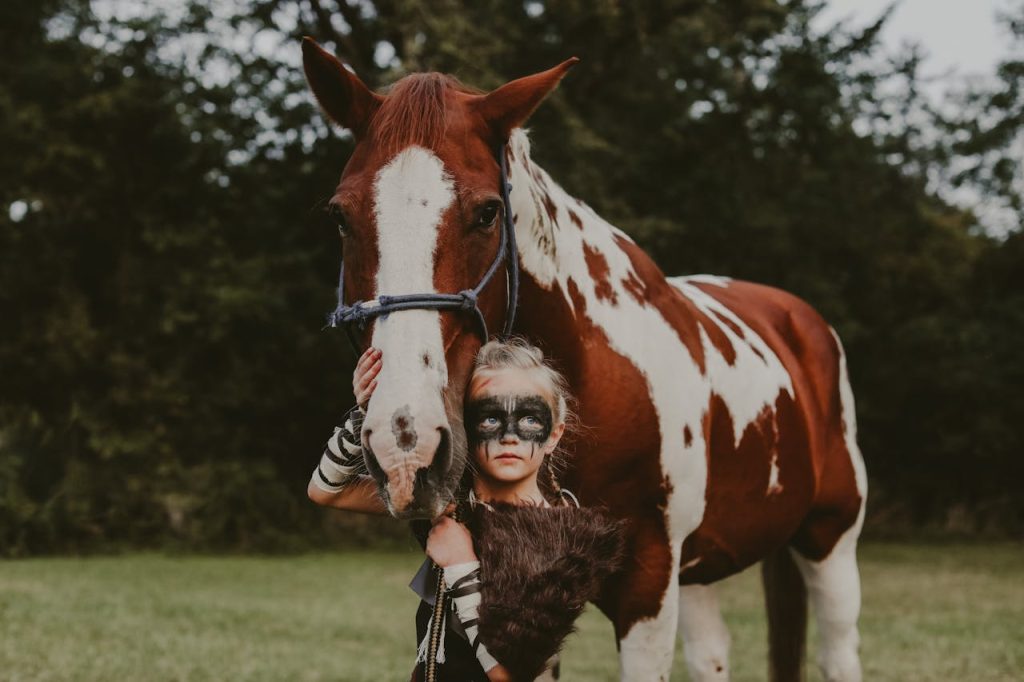Blog
Viking Horse Breeds: Exploring the Ancestral Lines of Nordic Steeds
What’s the first thing that comes to mind when hear the word Viking? I immediately think about fierce bearded warriors who don’t think twice about getting into battle. But what’s a warrior without a horse in 800 AD?
They used horses for many different things including warfare, agriculture, traveling, and more. But since Vikings dominated the northern regions of the planet, they needed a special horse breed capable of surviving the fierce climate and living conditions.
This is where Viking horse breeds were born. There are a couple of different horse breeds, some that date back thousands of years, and others merged through time bringing new horse breeds that we still use today.
But what’s so special about Viking horse breeds? Are they as tough as the warriors themselves? Let’s find out.
The Role of Horses in Viking Society
There is no doubt that horses played a crucial role in Viking society. As we mentioned before, they were used for various purposes, but the most important one was for traveling and warfare. Vikings were known as people who valued their horses highly, and they were often buried alongside warriors as a testament to their importance.
Horses also played an important role in transporting goods and people across rugged Scandinavian terrain, and it is safe to say that people wouldn’t survived the harsh conditions if it weren’t for horses.
This makes horses quite important for Vikings, but what kind of horses did they use? Were they the same thoroughbred racehorses featured in today’s free Del Mar picks, or were they something different?
Well, they are very different from the racehorses we have nowadays, just because they didn’t require speed. Instead, they wanted a horse capable of traveling over long distances and surviving harsh conditions and lower temperatures.
Key Viking Horse Breeds
Now that we know that Vikings required a special breed, the main question is what type of horse breeds did they use? Well, we are talking about three different breeds, one more popular than the rest.
The first spot is reserved for Norwegian Fjord, which is the most popular horse breed that Vikings used during their time. Of course, we have the Icelandic Horse and the less-known Jutland horse.
Despite coming from the same region, each breed has its own unique traits that made it suitable for the harsh climate conditions and quite demanding tasks of the Viking Age.
Let’s learn more about each breed, find out its characteristics and origin, and of course, the role it played during the Viking Age.
Norwegian Fjord
This breed is one of the oldest and most iconic horse breeds globally, with origins tracing back over 4,000 years. The Fjord horse is small but mighty, known for its strength, agility, and distinctive dorsal stripe.
Vikings used Fjord horses for farming, transportation, and battle, thanks to their compact size and robust nature.
I know, small horses aren’t the first thing that comes to mind when we talk about Vikings, but size doesn’t matter all the time.
Icelandic Horse
Brought to Iceland by Viking settlers in the 9th and 10th centuries, the Icelandic horse is renowned for its endurance, strength, and unique gaits like the tölt. These horses were crucial for transportation and agriculture in the challenging Icelandic environment and remain a treasured breed in Iceland today. Horses also had a spiritual role, which is quite surprising.
Jutland Horse
Less well-known but equally important, the Jutland horse was a larger breed favored for its strength and endurance, making it ideal for long-distance travel and heavy agricultural work.
Did Vikings Ride Horses into Battle?
While the classic image of mounted knights dominates medieval warfare, the use of horses in Viking battles is less clear-cut. Archaeological evidence suggests that horses were used in warfare, primarily for transporting warriors and supplies.
Mounted Viking warriors were a fearsome sight, though the logistics of transporting horses by sea often meant they acquired horses locally during raids.
Viking Horses and Genetic Legacy
The Vikings were instrumental in the distribution of gaited horses across Europe. These horses, capable of smooth, ambling gaits, were highly valued for their comfortable ride. Research indicates that the Vikings played a significant role in spreading these traits by selecting and breeding gaited horses during their travels.
Modern-Day Viking Horses
Today, the legacy of Viking horses endures. Breeds like the Icelandic horse and Norwegian Fjord are celebrated in equestrian sports and are prized for their resilience, versatility, and strong spirit.
These horses participate in various activities, from dressage to endurance riding, showcasing the enduring qualities that made them so valuable to the Vikings.
Why Should You Care About Viking Horses?
Understanding Viking horse breeds gives us a glimpse into the daily lives and survival strategies of one of history’s most intriguing cultures. These horses were more than just animals; they were companions, tools, and symbols of strength and endurance.
Their stories remind us of the deep bond between humans and horses, a relationship that has shaped our history in countless ways.

